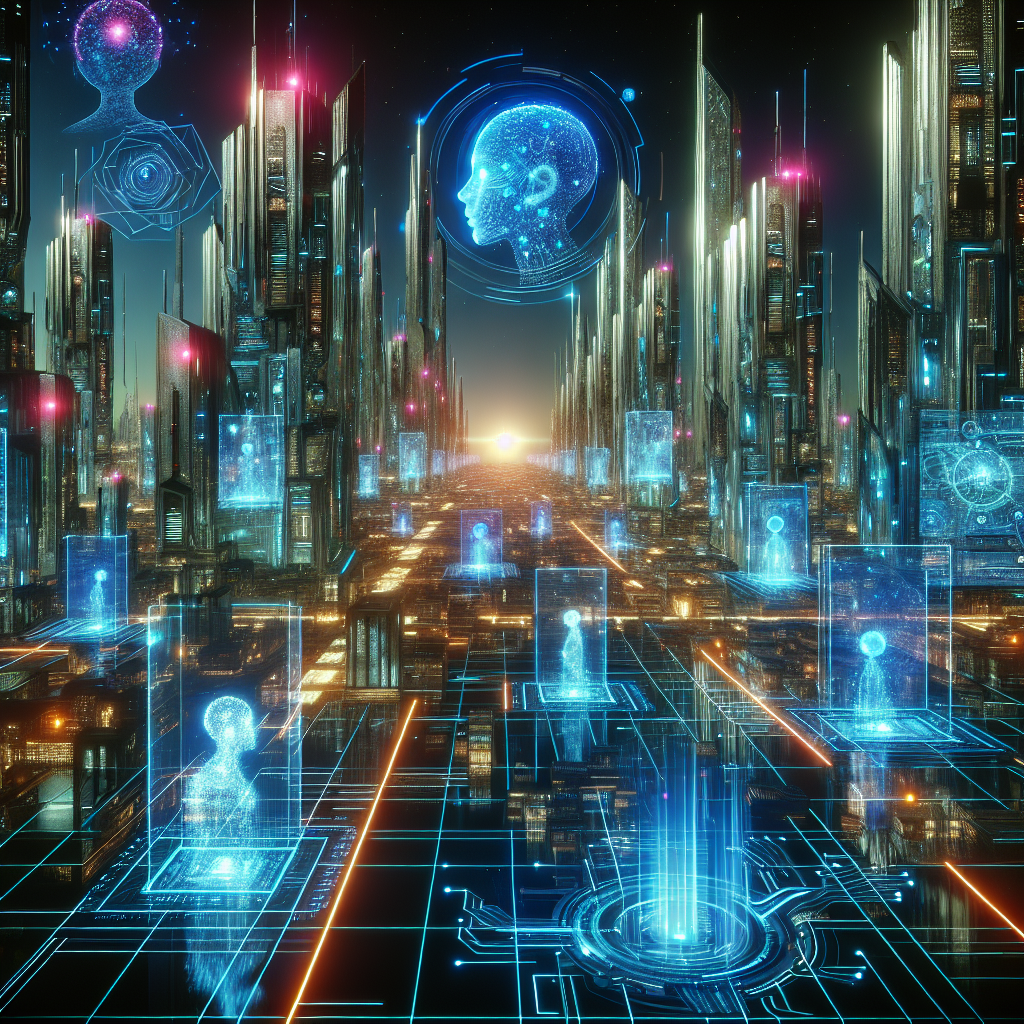Google I/O 2025: The Dawn of Revolutionary AI Innovations

The tech world is buzzing with excitement post-Google I/O 2025, where a treasure trove of AI advancements was unveiled. This not-so-humble keynote delivered some game-changing features that could redefine digital content creation and user interaction. If you missed it, don't worry; here’s an electrifying breakdown of the pivotal announcements that are sure to shake things up.
Google Flow: A Game Changer in Video Generation
At the forefront of the announcements is Google Flow. Imagine a platform that allows you to generate videos with consistent characters using the groundbreaking V3 model. This isn’t just fluff; we’re talking legitimate video generation where you can manipulate characters and scenarios like a digital puppeteer.
Flow’s integration of native audio generation is a significant leap. Previously, video generation felt like a soulless endeavor, lacking the emotional engagement that sound brings. This new feature transforms videos from mere visuals into immersive experiences, capturing the essence of storytelling. From a man strolling through a lemon orchard to whimsical scenarios like a giant tortoise transforming into a mech robot, the potential for creativity here is immense.
However, let's dial it back for a moment and address the elephant in the room—pricing. With the smallest plan starting at $20 a month and the Ultra version at a staggering $250, Google is certainly not giving this away. The access limitations on video credits can feel stingy, leading to debates about whether such a premium is justifiable for casual users or aspiring creators.
Advancements in AI with Google AI Studio
Next up is Google AI Studio, which received a smorgasbord of updates. Among the highlights is the Liara Realtime Music Generation feature. Imagine this: you whip up an engaging video, and in moments, it has a fitting soundtrack. The marriage of visuals and sound in real-time is not just innovative; it's a creative empowerment tool that can elevate user-generated content.
Then we have Jewels Beta, an OpenAI CodeX competitor. Google is directly challenging its competitors, offering services that can seamlessly integrate with GitHub. This move opens doors for developers looking for efficiency and creativity in code generation. The code generation race is heating up, and Google is right in the mix.
Gemini 2.5 Pro: A Step Ahead
Not to be overlooked is Gemini 2.5 Pro, a model boasting a Deep Think option that promises unprecedented performance. The benchmarks showcased during the keynote are eye-popping, with comparisons to previous models like 03 and 04 Mini showing a stark improvement in capabilities.
Gemini Diffusion is another remarkable development, designed to generate outputs at lightning speed. Users report that it performs exceptionally well, and from what we’ve seen, it’s a worthy addition to Google’s AI toolkit. Google’s commitment to speed and efficiency is evident, making it clear that they are not just keeping pace, but pushing boundaries.
Creating Images Like Never Before
In the realm of visuals, Google introduced Imagine 4, an image generator that is now available in Whisk for free. The creative community has been eagerly awaiting this, as the ability to conjure detailed images with coherent themes is invaluable for content creation. Coupling this with Fluid Palette technology enables users to generate visuals that reflect their unique style, making artistic expression more accessible than ever before.
While the initial exploration of these tools is exciting, there’s still a noticeable gap in functionality and user experience. Early adopters have pointed out bugs and interface design flaws that hinder creative workflows. For a platform marketing itself as a creator's dream, working out these kinks will be crucial.
The User Experience: A Mixed Bag
Despite the stellar technology showcased at the keynote, user experience remains a critical area for improvement. The reports of bugs, glitches, and a cumbersome interface are not just minor inconveniences; they represent significant barriers for users trying to harness the potential of these powerful tools.
For example, even as users explore the visual and audio features of Flow, they encounter issues with the interface failing to save settings or switching back to older versions, leading to frustrating experiences. As with any tech rollout, addressing user feedback will be key to enhancing the overall experience.
The hype surrounding these innovative tools is palpable, but the reality falls short in certain areas. Consumers want polished products that work seamlessly, and Google has its work cut out to deliver on this front.
The Future of AI: A Promising Outlook
As we wrap up this thrilling analysis of Google I/O 2025, one thing is for sure: the future is bright for AI and content creation. With advancements like Google Flow, Gemini 2.5 Pro, and Imagine 4, it's clear that innovation is at the forefront of Google's agenda.
The integration of audio within video generation could redefine how creators operate and influence storytelling across platforms. Yet, for all the progress, the path is fraught with challenges that need addressing—especially concerning user experience and accessibility.
For those looking to delve deeper into these astonishing developments, you can find more detailed information in the resources below:
Source: Google I/O 2025 Highlights
If you want to learn more about AI advancements and their implications, consider checking out:
In our ever-evolving digital landscape, we can expect even more innovations to emerge in the coming years. For now, users and creators alike must navigate the challenges as they embrace the fascinating capabilities that Google has laid out. The future of AI isn’t just on the horizon; it’s here, and it’s electrifying.